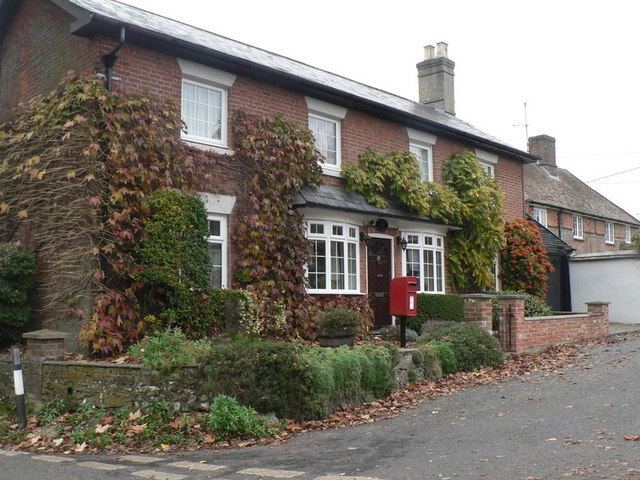OS grid reference SU069257 Unitary authority Country England Population 684 (2011) Dialling code 01722 Post town Salisbury | Civil parish Bishopstone Region South West Sovereign state United Kingdom Local time Thursday 8:11 PM Ceremonial county Wiltshire UK parliament constituency Salisbury | |
 | ||
Weather 7°C, Wind S at 14 km/h, 86% Humidity | ||
History
The area has evidence of prehistoric settlement, such as a bowl barrow near Croucheston Down Farm. Grim's Ditch, a prehistoric earthwork, forms the southern boundary of the parish. A Roman road from Old Sarum to Dorchester crosses the parish.
Contents
It is not known when Bishopstone was first inhabited or what it was called but fragmentary records from Saxon times indicate that the whole Chalke Valley area was thriving. It is surmised that the village was originally known as Eblesborne, but by 1166 it had been acquired by the See of Winchester and was known as Bissopeston. It is also surmised that Eblesborne meant that the land and the burna (river) was once owned by a man called Ebbel.
The village of Eblesborne is mentioned by historian Michael Wood in his book Domesday, a Search for the Roots of England because in 902 the Bishop of Winchester leased an estate in 'Ebbesbourne' to Beornwulf at a rent of 45/- a year. In the book Ebbesbourne Wake through the Ages Peter Meers states that this reference was about Bishopstone, not Ebbesborne Wake.
The Domesday Book in 1086 divided the Chalke Valley into eight manors, Chelke (Chalke - Broad Chalke and Bowerchalke), Eblesborne (Ebbesbourne Wake), Fifehide (Fifield Bavant), Cumbe (Coombe Bissett), Humitone (Homington), Odestoche (Odstock), Stradford (Stratford Tony and Bishopstone) and Trow (circa Alvediston and Tollard Royal).
The parish contains six ancient villages, possibly since Saxon times. To the north of the river these were Bishopstone, Netton and Flamston; to the south, Throope, Faulston and Croucheston. Names of former settlements survive in Netton Farmhouse (1637), Throope Manor (18th century), and Faulston House (17th century). The roadside settlement known as The Pitts developed in the 19th century.
Religious sites
The parish church of St John the Baptist is Grade I listed. Evidence survives of a 12th-century building, which was rebuilt as a cruciform church in the 13th century. The tower and two-storey porch were added in the 15th century and restoration was carried out in the 19th. There are several monuments outside. By the south transept, a small stone cloister of two vaulted bays shelters a decorated tomb chest, perhaps that of the founder of the church. In the north transept is another richly decorated tomb recess, with stone coffin-lids, and in the south transept a mid-19th-century Gothic monument to a former rector by A. W. Pugin. At one time, above this was a window designed by Pugin and executed by William Wailes; this has since been replaced by clear glass.
A Primitive Methodist chapel was opened in 1833 at Croucheston and continued in use until 1978.
Amenities
There is no school in the parish. A school was built at The Pitts in 1843 and educated children of all ages until 1932 when it became a junior school, which closed in 1977 owing to falling pupil numbers.
Bishopstone has a village hall and a pub, the White Hart. The Three Horseshoes, an inn housed in an 18th-century building, closed in 2002.
